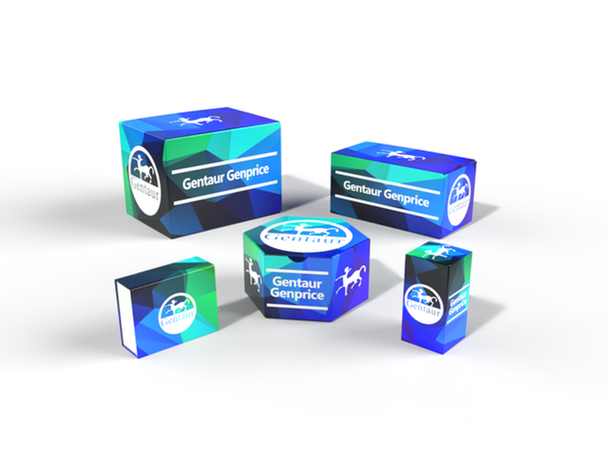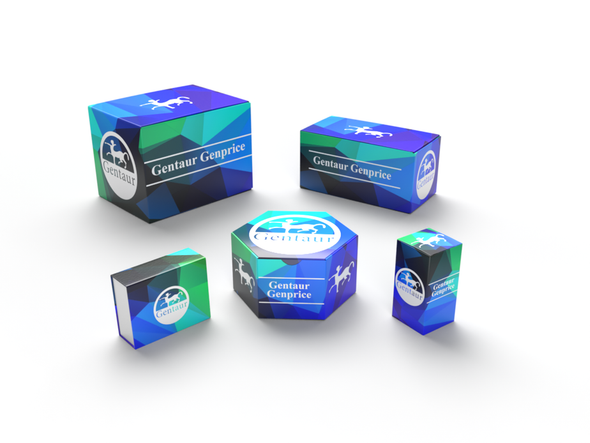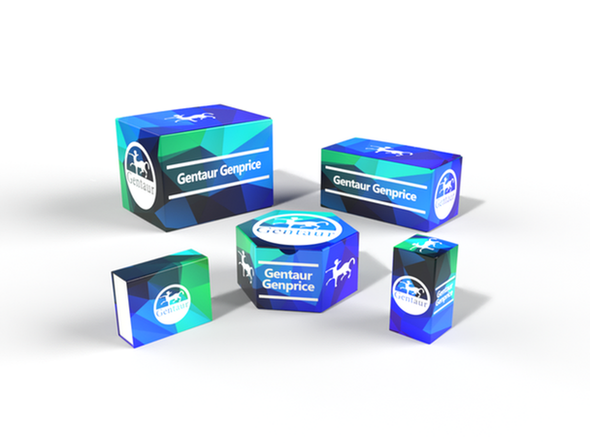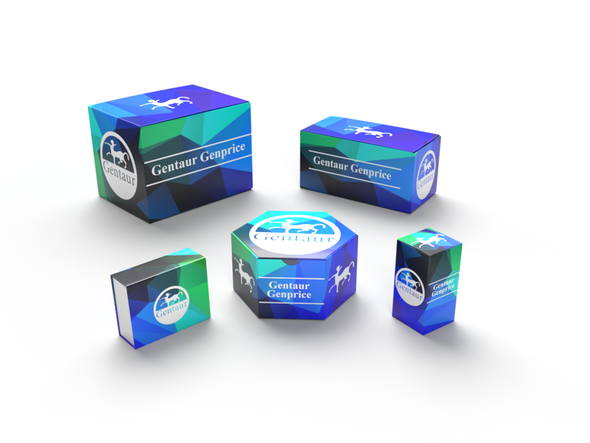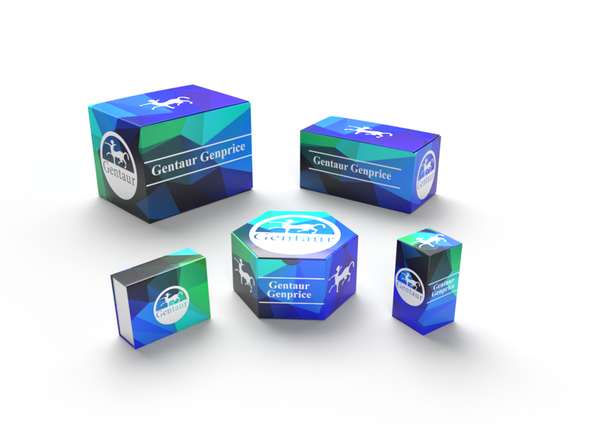Description
TBL1XR1 Antibody | 58-464 | Gentaur UK, US & Europe Distribution
Host: Rabbit
Reactivity: Human
Homology: Predicted species reactivity based on immunogen sequence: Xenopus, Mouse
Immunogen: This TBL1XR1 antibody is generated from rabbits immunized with a KLH conjugated synthetic peptide between 109-137 amino acids from the N-terminal region of human TBL1XR1.
Research Area: Cancer, Obesity
Tested Application: WB
Application: For WB starting dilution is: 1:1000
Specificiy: N/A
Positive Control 1: N/A
Positive Control 2: N/A
Positive Control 3: N/A
Positive Control 4: N/A
Positive Control 5: N/A
Positive Control 6: N/A
Molecular Weight: 56 kDa
Validation: N/A
Isoform: N/A
Purification: This antibody is purified through a protein A column, followed by peptide affinity purification.
Clonality: Polyclonal
Clone: N/A
Isotype: Rabbit Ig
Conjugate: Unconjugated
Physical State: Liquid
Buffer: Supplied in PBS with 0.09% (W/V) sodium azide.
Concentration: batch dependent
Storage Condition: Store at 4˚C for three months and -20˚C, stable for up to one year. As with all antibodies care should be taken to avoid repeated freeze thaw cycles. Antibodies should not be exposed to prolonged high temperatures.
Alternate Name: F-box-like/WD repeat-containing protein TBL1XR1, Nuclear receptor corepressor/HDAC3 complex subunit TBLR1, TBL1-related protein 1, Transducin beta-like 1X-related protein 1, TBL1XR1, IRA1, TBLR1
User Note: Optimal dilutions for each application to be determined by the researcher.
BACKGROUND: TBL1XR1 has sequence similarity with members of the WD40 repeat-containing protein family. The WD40 group is a large family of proteins, which appear to have a regulatory function. It is believed that the WD40 repeats mediate protein-protein interactions and members of the family are involved in signal transduction, RNA processing, gene regulation, vesicular trafficking, cytoskeletal assembly and may play a role in the control of cytotypic differentiation.

